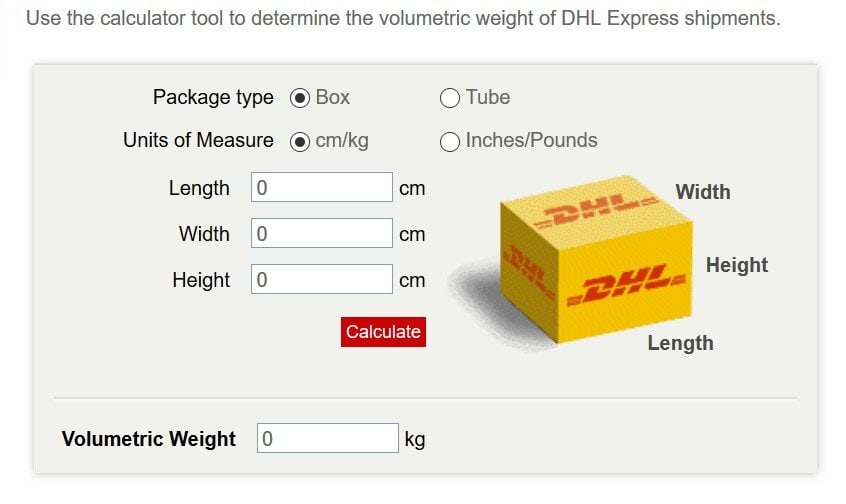Unlock the secrets of chargeable weight with our comprehensive guide. Perfect for anyone looking to get a grip on shipping costs. Read on to become an expert!

Also known as ‘paying weight,’ chargeable weight is the metric that freight companies use to bill you for your shipments. Primarily used in air freight, this weight acts as a conversion factor, bridging the gap between an item’s weight and its volume.

The chargeable weight could be either the dimensional weight or the gross weight of your cargo—whichever is greater. Here’s how you can determine it:
A Practical Example: Consider feathers vs. steel plates. Feathers, while light, occupy more space, while steel plates are heavier but more compact. Chargeable weight ensures that both space and weight are factored into the cost.
Actual Weight: The real weight of your product, inclusive of packaging, as recorded on a scale.
Volumetric/Dimensional Weight: Calculated by converting your shipment’s volume into a weight equivalent based on set constants (194 for local and 166 for international).
Chargeable Weight: The greater of the actual or volumetric weights, used as the basis for shipping rates.

By understanding the chargeable weight before shipping, you can anticipate costs, avoiding unexpected fees at the freight company.

Welcome to CHINA VAST GROUP, a distinguished enterprise established in 2005. As a leading supplier in China, we specialize in international logistics and trade with a commitment to innovation, mutual benefit, and win-win partnerships. We operate through four principal divisions: CHINA VAST LOGISTICS CO., LTD., WELLUCKY INTERNATIONAL TRADING CO., LTD., VASTFORTUNE STORAGE AND TRANSPORTATION CO., LTD. and VASTREACH SUPPLY CHAIN CO., LTD. Each dedicated to excellence in their fields.
